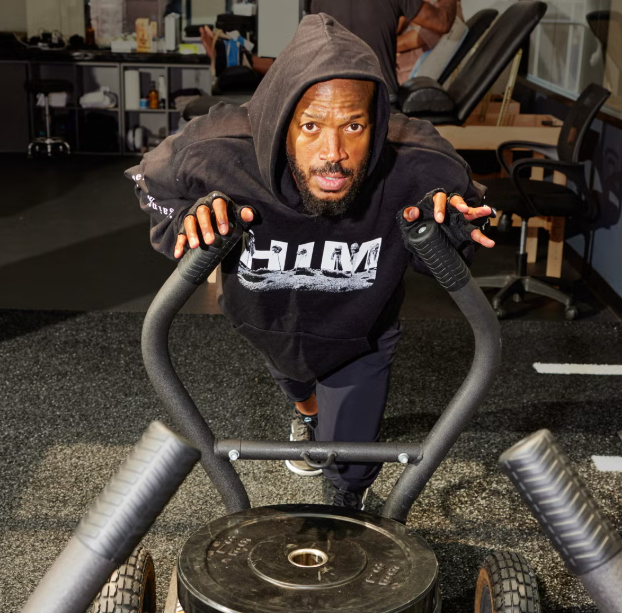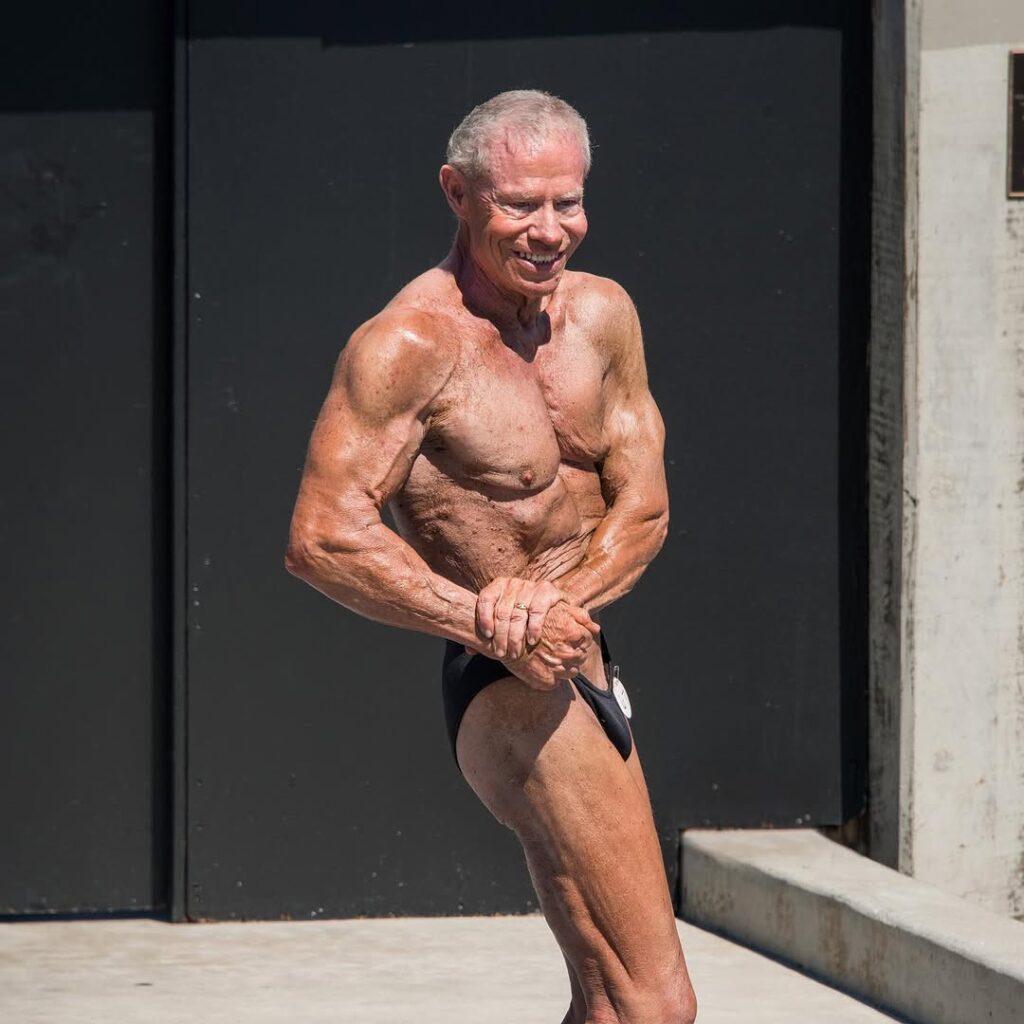OLD SCHOOL BODYBUILDING wisdom often teaches eager exercisers that to build up their bodies, they first need to tear them down. The most common line is that every biceps curl and squat rep you do in a workout will ‘rip’ or ‘tear’ your muscles – then your body repairs the damage as you recover, resulting in new muscle growth. This is a potent image for anyone who’s experienced soreness after a training session, knowing that their pain will lead to the gains they’ve been striving toward.
While there is a kernel of truth smuggled in there – it’s often postulated by exercise scientists that micro-tears, caused by resistance training, is one of the driving forces of muscle growth – overestimating just how much you need to tear or rip your muscles could be pushing you towards risky training habits that could lead to injury. If the objective of your workouts is to punish your muscles to the point of ripping or tearing them to stimulate growth, you could be going down a dangerous path.
The idea that resistance training causes muscle rips or tears isn’t quite right, according to Dr. Pat Davidson, PhD., exercise physiologist and strength training coach. “If you are damaging muscle, you now have to repair that muscle, and the energy used to repair that muscle is not energy going into growing the muscle,” he said in a recent roundtable discussion about building muscle.
Instead, you need to take a different mindset when you approach your workouts. Rather than taking on your training with an intent to rip or tear, think about ‘threatening’ your muscle instead. The means you’re putting yourself in “an environment that’s threatening, a.k.a. lifting heavy weights and doing it a bunch of times,” Davidson says. When you’ve done that, your muscles will adapt to take on more stimulus, leading to growth (with proper nutrition and recovery, of course). But your goal should never be damaging the tissue and causing genuine tears and injuries in the muscle that will need to heal, which Davidson calls ‘counterproductive.’
This might not be advice you can apply directly, like specific form cues for exercises – but keeping this distinction in mind can help to inform your overall training philosophy. If your goal is no longer to break your body down to the point of causing damage, you can better understand where your limits should be during a workout. You should be working hard but pushing past the point of discomfort and into pain should never be the objective. Instead, with the understanding that you’re not literally trying to tear your muscles, you can recognise the threshold before you’d harm yourself.
Sadik Hadzovic, a bodybuilder and 2015 Arnold Classic Physique division champion who joined the roundtable discussion, found this distinction to be especially helpful for a muscle-building mindset.
“Lee Haney had an analogy: Stimulate, don’t annihilate,” Hadzovic said, citing the bodybuilding icon.
This article originally appeared on Men’s Health UK.
Related:
Experts Reveal The 5 Best Muscle Building Techniques















